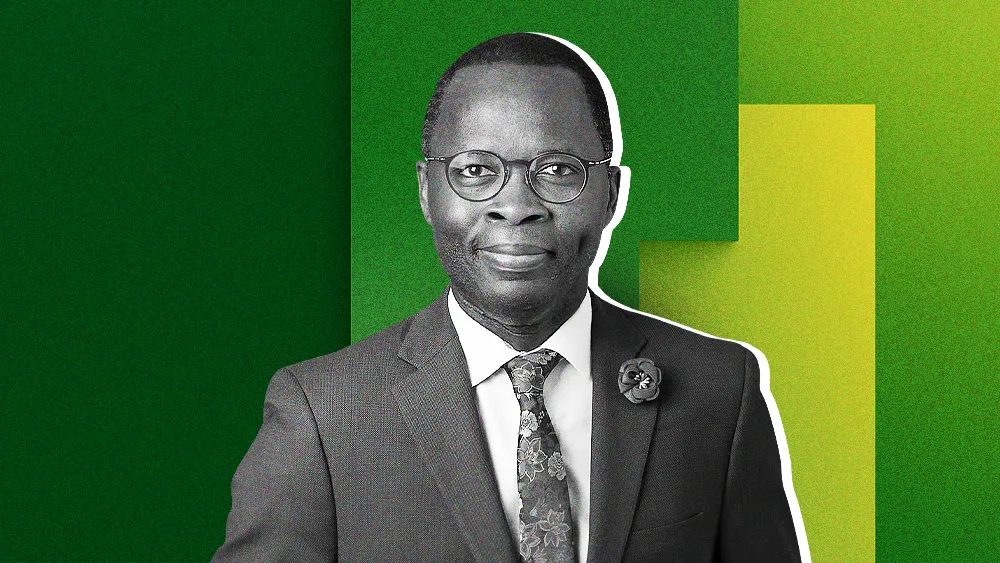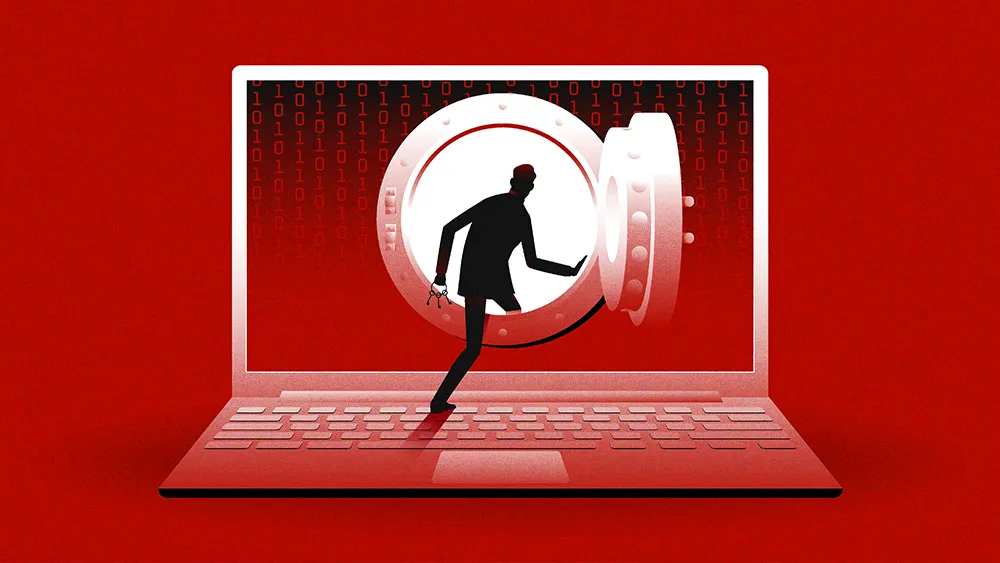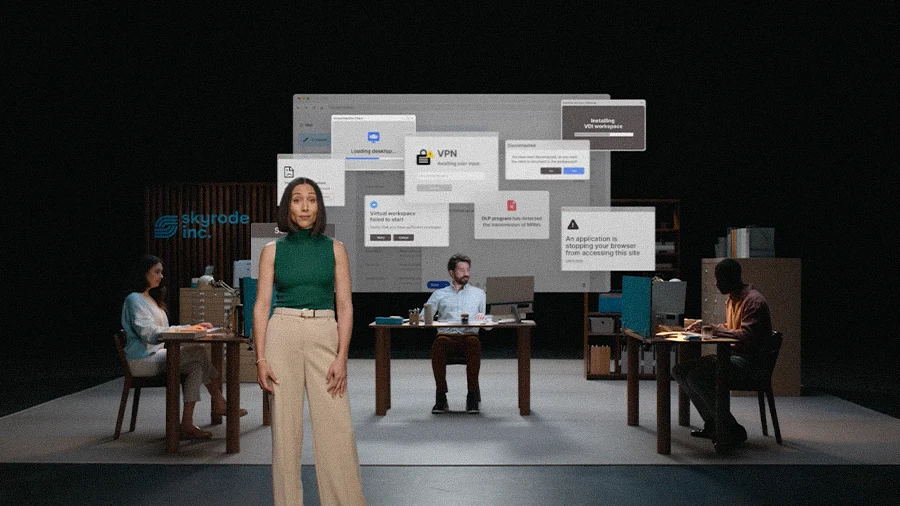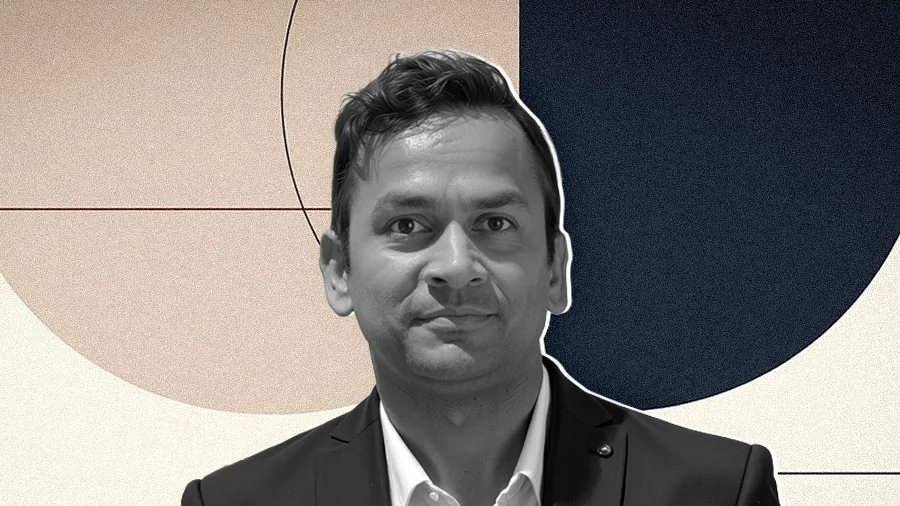Back to New Tab
Leadership, Legacy Systems, and the 'Transformation Tax' Delaying AI in Financial Services
Enterprise Security
Armel Roméo Kouassi, Senior Vice President and Global Head at Northern Trust, explains why financial institutions are shifting focus from ROI to executing AI integration.

The question isn't whether to start from scratch and replace the entire infrastructure. That's not possible. The real challenge is how to layer AI on top of existing systems to develop it at scale, so it can benefit the entire organization and impact the value chain for our clients.
The debate over artificial intelligence is changing for financial institutions. Since the case for proving has been made, the defining challenge today is execution. But in an industry where a single error can result in millions of dollars in costs, establishing ownership for the accuracy, integrity, and outcomes of AI-driven decisions is essential. Now, some experts say a new imperative is emerging across the enterprise as a result: shared operational accountability between humans and machines.
Armel Roméo Kouassi, Senior Vice President and Global Head at financial advisory firm Northern Trust, offers a practical assessment of the actual cost. With a career that includes senior roles at State Street, M&T Bank, and Citi, and an education from the Wharton School and Harvard Business School, Kouassi brings deep expertise to the high-stakes world of global finance. Beyond his work, he's actively involved in his community, serving on the boards of cultural landmarks like the Edmond Town Hall Theater and the Ridgefield Symphony Orchestra.
While the ROI of AI is clear, Kouassi notes that the path to achieving it is fraught with practical hurdles. Financial firms cannot simply start over, he says. Instead, they must integrate AI into a complex web of legacy systems while maintaining compliance and client trust.
Layering, not replacing: The strategic goal is to achieve the benefits of AI at scale without the prohibitive cost and operational disruption of a complete overhaul. "The question isn't whether to start from scratch and replace the entire infrastructure. That's not possible. The real challenge is how to layer AI on top of existing systems to develop it at scale, so it can benefit the entire organization and impact the value chain for our clients."
But this new, layered architecture also runs on a single, indispensable asset: data. Here, Kouassi frames data not as a byproduct of operations but as the essential fuel for any intelligent system.
Data as the new kerosene: Control and sovereignty over data are now a strategic imperative, he says. "As a private pilot, I know that just as kerosene is essential for a plane, data is essential for AI. Data sovereignty and control are critical because AI is like a sponge. It learns from data, and it learns at scale."
Built on the principle of decentralized responsibility, Kouassi's philosophy shifts ownership from a single data team to every individual link in the value chain. In fact, it's the cultural mandate he proposes to challenge the old operational model in the new era of AI.
A culture of ownership: In an industry where data errors lead to multi-million dollar losses, the principle is a mission-critical necessity, Kouassi explains. "It's not somebody else's work. It is every individual in the chain. This represents a fundamental shift in mindset from having a single data team focused on accuracy to ensuring real stakeholder ownership for each person involved in the data's journey."
The transition requires both upskilling current employees and hiring new talent who are fluent in AI, Kouassi explains. Instead of top-down mandates, cultural adoption is best achieved when employees experience the benefits firsthand.
The productivity pull: Bottom-up adoption is the ultimate proof that the AI transformation is authentic, according to Kouassi. "I spend 20% less time crafting an email because I can just tell an AI the tone I want and have it build the right message. The value from simple, tangible things like that is tremendous, and that personal productivity is what will ultimately trigger broad employee engagement."
Despite many pointing to cultural resistance as the biggest obstacle, Kouassi says the most significant one is often a far more immediate one. In his experience, a massive, front-loaded cost with a delayed return on investment is usually the greatest barrier to transformation.
The transformation tax: For most organizations, this creates a challenging interim period where they must bear a massive upfront expense long before clients realize the full value. "A huge transformation like this one is incredibly costly. For global institutions like ours, we're not talking about $1 million. We're talking about hundreds of millions of dollars. There's a long life cycle between the initial implementation and seeing the value added for clients. And during that interim period, the cost is immense."
To manage evolving technology amidst known and unknown risks, Kouassi suggests that governance itself must become more dynamic. The goal is not to remove humans from the loop, he says. Instead, it is to augment their judgment with the speed of AI so they only have to intervene when it matters most.
Automated governance with a human touch: A human-in-the-loop system is designed to balance the speed of automation with critical thinking, human judgment, and expertise, Kouassi explains. "A team of experts must establish clear thresholds for the data. If a transaction is within a certain percentage or dollar amount, it can be considered accurate and pass through automatically. However, if it exceeds that threshold, it requires human supervision. We stop the process and have a person investigate to ensure accuracy."
Ultimately, overcoming the financial hurdle and navigating the complexities of the AI era is not a technical problem, Kouassi concludes. It's a leadership one. His final message is a direct call to action for those at the very top: in the face of emerging risks, success requires a commitment to continuous learning and the vision to see transformation through. "Executive leadership has to embrace this massive change. That requires being open to learning and understanding that there are emerging risks we may not fully capture. The board itself must be educated consistently, bringing in experts to give updates on new risks and challenges. In the end, it is the vision from the board, the executive, and the strategy leadership that is essential to carry us forward."



